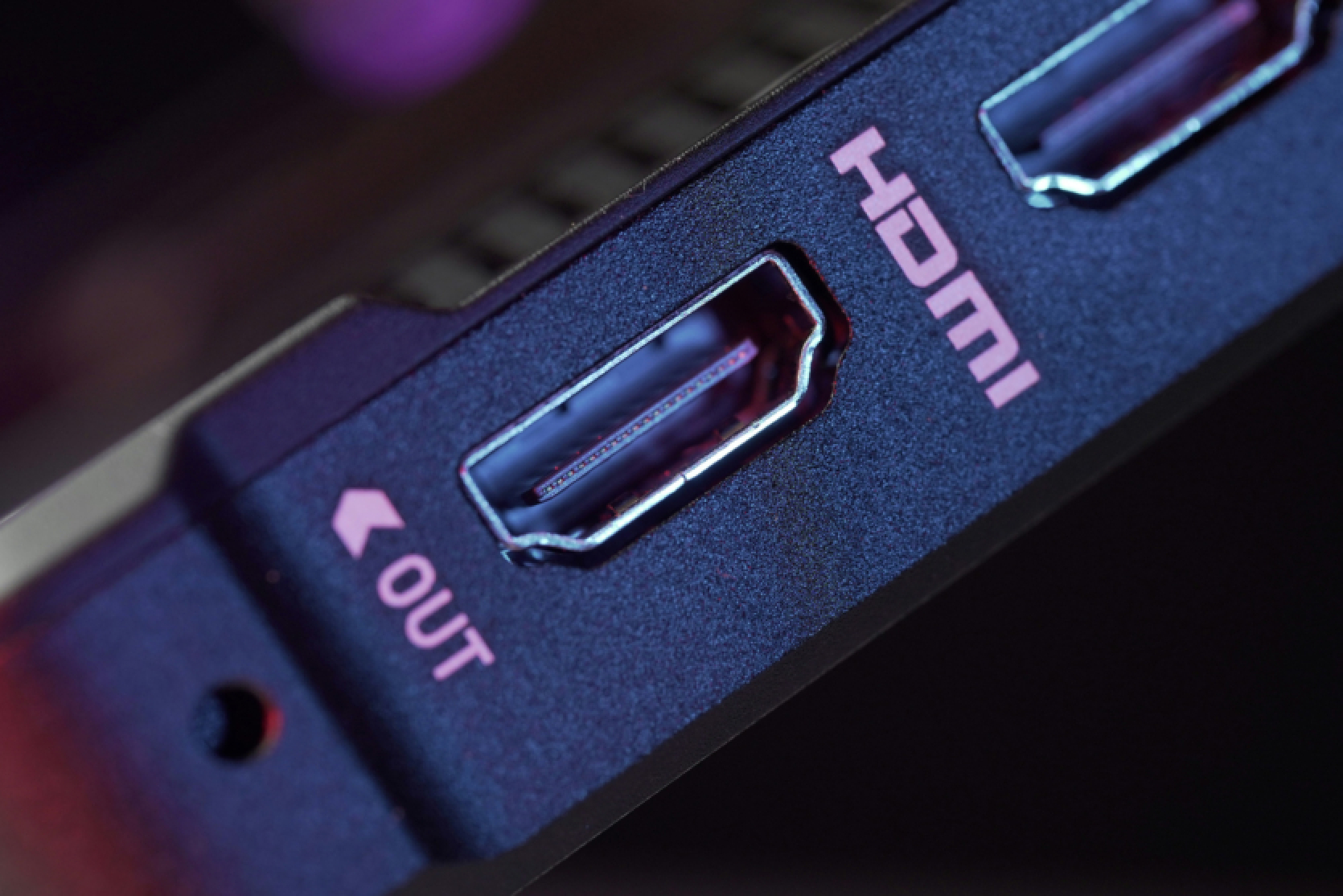Researchers have showcased the ability to access images displayed on screens via HDMI electromagnetic radiation. Hackers are already exploiting this technology.
A team from the University of the Republic of Uruguay reports that their AI-based cable eavesdropping method is effective enough for such attacks to be occurring now.
Back in the analog video era, it was relatively straightforward for hackers to reconstruct screen content using emissions from video cables. However, with the rise of digital protocols like HDMI, the task became significantly more complicated. Nevertheless, digital signals still emit electromagnetic radiation during transmission between a computer and a display. By training an AI model on samples of both original and intercepted HDMI signals, researchers were able to decode this radiation into readable screenshots.
The new technique reconstructed text from intercepted HDMI signals with an accuracy of about 70%. While this is far from perfect, it suffices to identify most information. Hackers could easily view entered passwords, financial data, or encrypted messages.
To validate their attack method, researchers used text recognition software on the visual images reconstructed by their AI model. They then compared the extracted text with the original screen content. The team claims their method reduces errors by 60% compared to previous studies.
There are various ways hackers can implement HDMI eavesdropping in the real world. They might install a covert device to capture the signal within a building, or be nearby with a radio antenna to intercept HDMI radiation leaks.
Researchers argue that such attacks are already being employed against government institutions and sensitive industrial settings. However, these organizations are likely already taking measures to protect their premises from electromagnetic leaks.
Nevertheless, the risk of such breaches remains significant for the average home or office user. Deployments of AI models and necessary signal-capturing equipment are occurring rapidly.
“Governments are concerned about this, but I wouldn’t say that the average user should be overly worried. If you genuinely care about your security for any reason, this could be an issue,” explains lead researcher Federico Larroca.
While there may not be a total threat to everyone, mysterious machines, devices, or unknown individuals nearby could pose more danger than before.
Source: TechSpot














Comments (0)
There are no comments for now